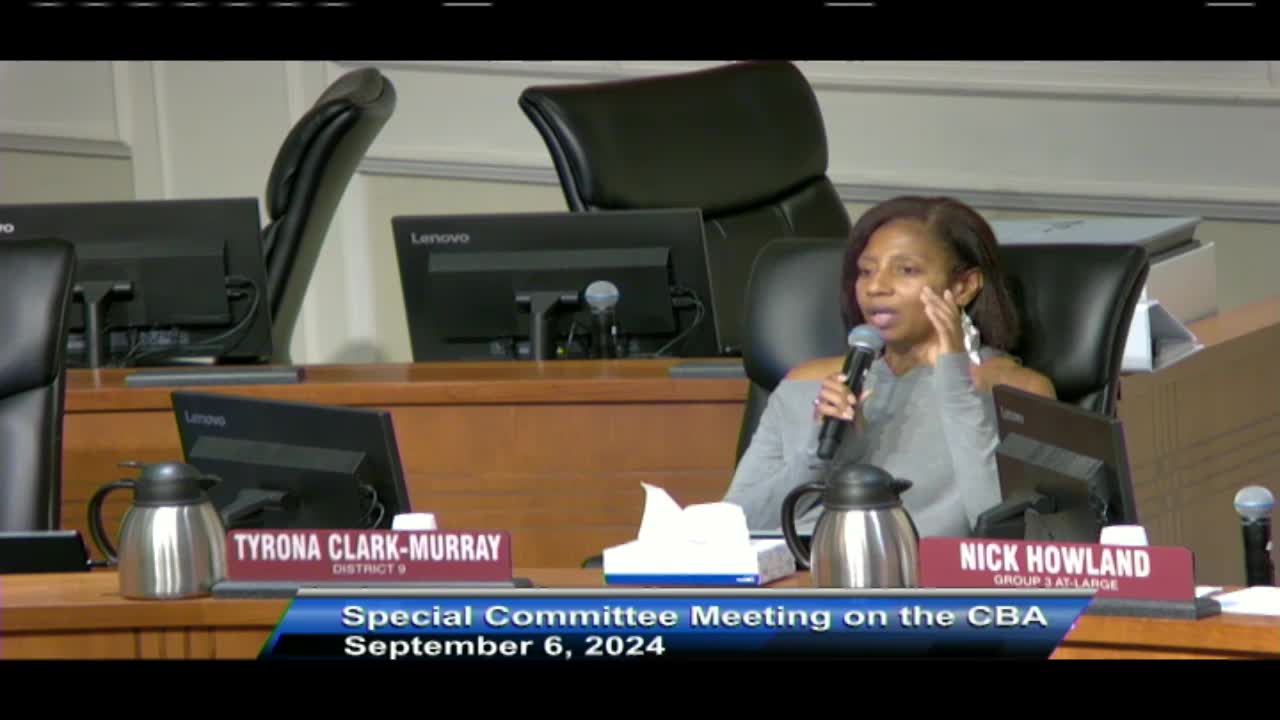Affordable Housing Debate Intensifies Over Workforce Income Limits
September 06, 2024 | Jacksonville, Duval County, Florida
This article was created by AI summarizing key points discussed. AI makes mistakes, so for full details and context, please refer to the video of the full meeting. Please report any errors so we can fix them. Report an error »

In a recent government meeting, discussions centered around the allocation of funding for workforce and affordable housing, particularly in relation to the Doro development project. Council members expressed concerns regarding the Area Median Income (AMI) thresholds that determine housing affordability.
Mr. Higgs clarified that the AMI is negotiated between the mayor's administration and developers, with current discussions suggesting a floor of 80% and a ceiling of 120% of the AMI. This means that if a developer like Doro receives funding at the 120% AMI level, rents would be set accordingly, potentially making them unaffordable for many local workers, including teachers and first responders, whose starting salaries are significantly lower.
The AMI figure discussed is based on a four-county average, with Jacksonville's specific median income being updated annually. The current median family income across the four counties is approximately $98,100, leading to concerns that housing priced at 120% AMI could exceed what many local workers can afford.
Council members debated the implications of these income thresholds, emphasizing the need to protect essential workers from being priced out of the housing market. The meeting concluded with a motion to expand the housing categories to include both affordable and workforce housing, which was passed despite some opposition.
This discussion highlights ongoing challenges in addressing housing affordability in Jacksonville, as local leaders grapple with balancing developer interests and the needs of the community.
Mr. Higgs clarified that the AMI is negotiated between the mayor's administration and developers, with current discussions suggesting a floor of 80% and a ceiling of 120% of the AMI. This means that if a developer like Doro receives funding at the 120% AMI level, rents would be set accordingly, potentially making them unaffordable for many local workers, including teachers and first responders, whose starting salaries are significantly lower.
The AMI figure discussed is based on a four-county average, with Jacksonville's specific median income being updated annually. The current median family income across the four counties is approximately $98,100, leading to concerns that housing priced at 120% AMI could exceed what many local workers can afford.
Council members debated the implications of these income thresholds, emphasizing the need to protect essential workers from being priced out of the housing market. The meeting concluded with a motion to expand the housing categories to include both affordable and workforce housing, which was passed despite some opposition.
This discussion highlights ongoing challenges in addressing housing affordability in Jacksonville, as local leaders grapple with balancing developer interests and the needs of the community.
View full meeting
This article is based on a recent meeting—watch the full video and explore the complete transcript for deeper insights into the discussion.
View full meeting